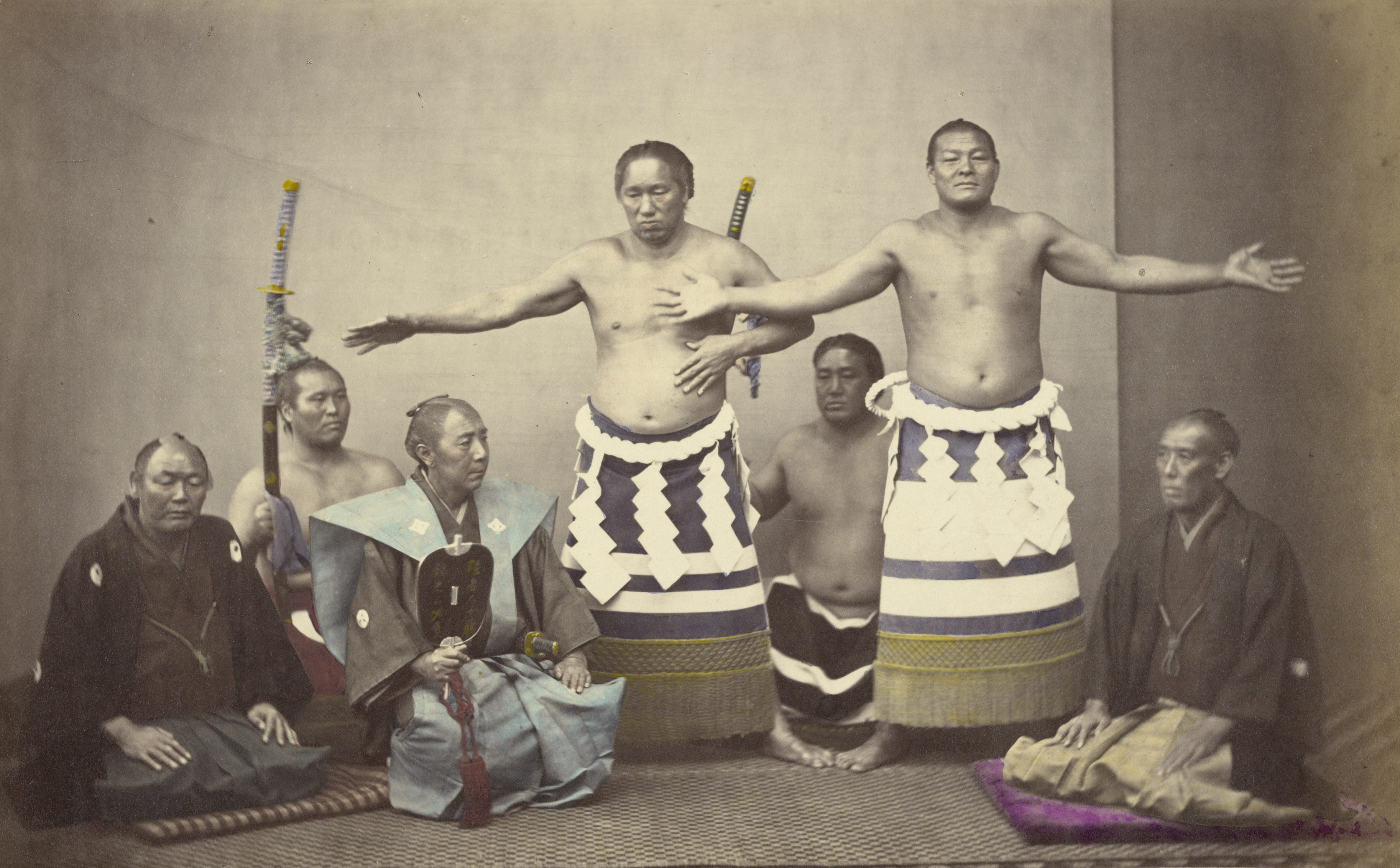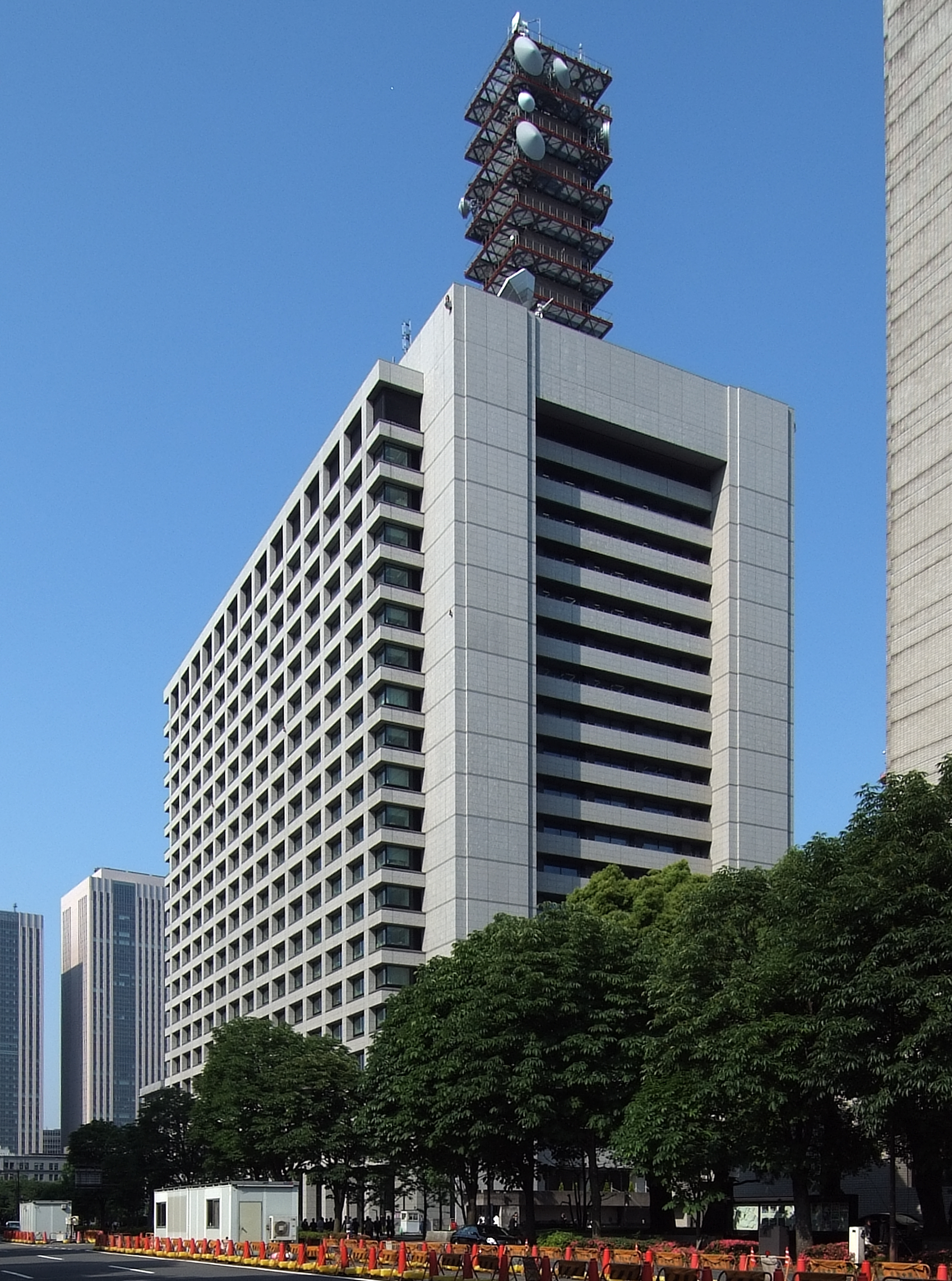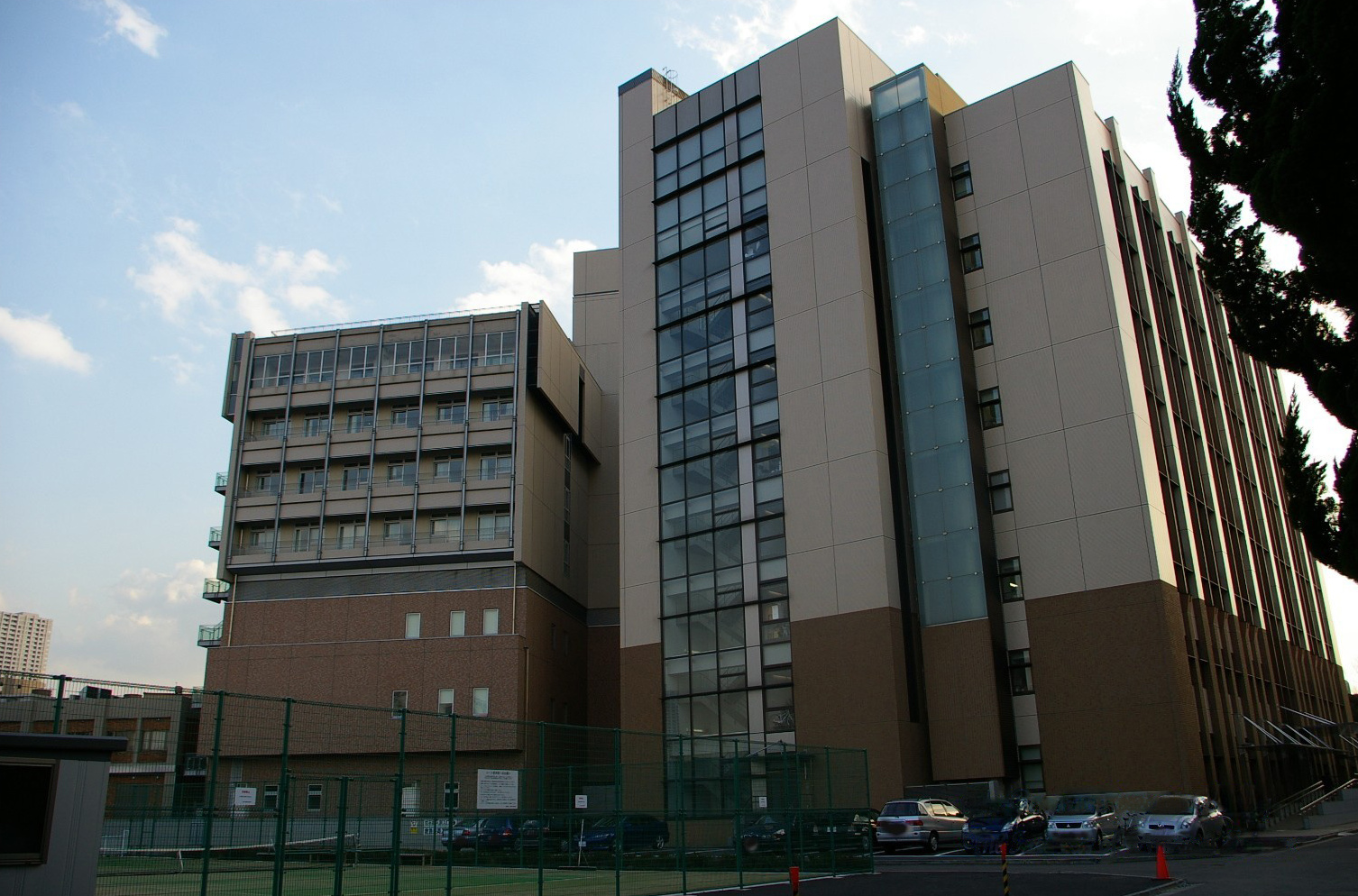|
2011 Sumo Match-fixing Scandal
Match-fixing in professional sumo is an allegation that has plagued professional sumo for decades. Due to the amount of money changing hands depending on rank and prize money, there had been numerous reports of (corruption, bout-fixing) in professional sumo for years before it was finally definitively proven to exist in 2011. The hierarchical structure of the sport, in which a minority of top-ranked wrestlers have great advantages in salary, privileges, and status over the lower-ranked wrestlers that make up the majority of sumo participants, may have contributed to the use of match-fixing in order to prolong careers for top-ranked wrestlers and assist in the distribution of promotions. Previous speculation In 2002, Steven Levitt and Mark Duggan published a paper using econometrics in order to suggest that corruption in sumo exists. Popularized in Levitt's book ''Freakonomics'', the study found that 70% of wrestlers with 7–7 records on the final day of the tournament (i.e., sev ... [...More Info...] [...Related Items...] OR: [Wikipedia] [Google] [Baidu] |
Professional Sumo
is a form of competitive full-contact wrestling where a ''rikishi'' (wrestler) attempts to force his opponent out of a circular ring (''dohyō'') or into touching the ground with any body part other than the soles of his feet (usually by throwing, shoving or pushing him down). Sumo originated in Japan, the only country where it is practised professionally and where it is considered the national sport. It is considered a ''gendai budō'', which refers to modern Japanese martial arts, but the sport has a history spanning many centuries. Many ancient traditions have been preserved in sumo, and even today the sport includes many ritual elements, such as the use of salt purification, from Shinto. Life as a wrestler is highly regimented, with rules regulated by the Japan Sumo Association. Most sumo wrestlers are required to live in communal sumo training stables, known in Japanese as ''Heya (sumo), heya'', where all aspects of their daily livesfrom meals to their manner of dressa ... [...More Info...] [...Related Items...] OR: [Wikipedia] [Google] [Baidu] |
Makuuchi
, or , is the top division of Professional sumo divisions, the six divisions of professional sumo. Its size is fixed at 42 wrestlers (''rikishi''), ordered into five ranks according to their ability as defined by their performance in previous tournaments. This is the only division that is featured on NHK's standard live coverage of sumo tournaments. The lower divisions are shown on their satellite coverage, with only the ''makuuchi'' broadcast having bilingual English commentary. ''Makuuchi'' literally means "inside the curtain", a reference to the early period of professional sumo, when there was a curtained-off area reserved for the top ranked wrestlers, to sit before appearing for their bouts. Wrestlers are considered for Promotion and relegation, promotion or demotion in rank before each grand tournament according to their performance in the one previous. Generally, a greater number of wins than losses (''kachi-koshi'') results in a promotion, and the reverse (''makekoshi ... [...More Info...] [...Related Items...] OR: [Wikipedia] [Google] [Baidu] |
Ryōgoku Kokugikan
, also known as Ryōgoku Sumo Hall or Kokugikan Arena, is the name bestowed to two different indoor sporting arenas located in Tokyo. The first ''Ryōgoku Kokugikan'' opened its doors in 1909 and was located on the premises of the Ekōin temple in Ryōgoku, Tokyo. Although no sumo bouts were held after 1945, following the capitulation of Japan and the requisition of the building by the occupying forces, the building itself remained active until 1983, being notably used by the Nihon University. The second ''Ryōgoku Kokugikan'' is currently located in the Yokoami neighborhood of Sumida next to the Edo-Tokyo Museum. It opened in 1985, following the closure of the Kuramae Kokugikan, and is still in use today. The first Ryōgoku Kokugikan History The growing popularity of Sumo during the Meiji period led to the building of the original Kokugikan in Ryōgoku. Until then, Sumo bouts were performed in temples precincts and depended on the weather. In March 1906, the 22nd Imperial ... [...More Info...] [...Related Items...] OR: [Wikipedia] [Google] [Baidu] |
Honbasho
A , or Grand Sumo Tournament in English, is an official professional sumo tournament. Only ''honbasho'' results matter in determining promotion and relegation for '' rikishi'' (sumo wrestlers) on the '' banzuke'' ranking. The number of ''honbasho'' held every year and their length has varied; since 1958 there are six tournaments held over 15 consecutive days in four locations every year. Since 1926 the ''honbasho'' are organized by the Japan Sumo Association, after the merger of the Tokyo and Osaka sumo associations. Etymology The term ''honbasho'' means "main (or real) tournament" and is used to distinguish these tournaments from unofficial tournaments which are held as part of sumo tours, between the six major tournaments. Such display tournaments may have prize money attached but a wrestler's performance has no effect on his ranking. This type of sumo is often called ''hana-sumo'' ( flower-sumo) as it is not taken as seriously by the wrestlers. History In the Edo period, the ... [...More Info...] [...Related Items...] OR: [Wikipedia] [Google] [Baidu] |
Kasuganishiki Takahiro
Kasuganishiki Takahiro (born August 22, 1975 as Takahiro Suzuki) is a former sumo wrestler from Misaki, Isumi District, Chiba Prefecture, Japan. He made his debut in 1991, reaching the top makuuchi division in 2002. His highest rank was ''maegashira'' 5. He retired in 2011 and became an elder of the Japan Sumo Association under the name Takenawa, but admitted involvement in match-fixing after text messages were found on his mobile phone that showed he had arranged the result of bouts with fellow wrestlers the previous year. His testimony was part of the Sumo Association's investigation into the affair which led to 22 other wrestlers being found guilty, most of whom were ordered to retire. Given a two-year suspension, he instead left sumo completely. Career He made his professional debut in March 1991 (the same tournament as Chiyotenzan) and was immediately given the ''shikona'' or fighting name of Kasuganishiki, based on the name of his stable, Kasugano. He used the same ''shi ... [...More Info...] [...Related Items...] OR: [Wikipedia] [Google] [Baidu] |
Chiyohakuhō Daiki
Chiyohakuhō Daiki (born 21 April 1983 as Daiki Kakiuchi) is a former sumo wrestler from Yamaga, Kumamoto, Japan. He made his professional debut in 1999 and broke into the top ''makuuchi'' division nine years later in 2008. His highest rank was '' maegashira'' 6. He wrestled for Kokonoe stable. After admitting his involvement in match-fixing, he retired from the sport in 2011 following an investigation by the Japan Sumo Association. Career At high school he preferred judo, and had little sumo experience, but his judo teacher was a friend of Kokonoe-''oyakata'', the 58th ''yokozuna'' Chiyonofuji. After being introduced he joined Kokonoe stable, making his professional debut in March 1999. His stablemate, Chiyotaikai, made his debut at the rank of '' ōzeki'' in the same tournament. He initially fought under his own surname, before adopting the ''shikona'' of Chiyohakuhō in November 1999. (He has no connection to the better known wrestler Hakuhō, who did not make his deb ... [...More Info...] [...Related Items...] OR: [Wikipedia] [Google] [Baidu] |
BBC News
BBC News is an operational business division of the British Broadcasting Corporation (BBC) responsible for the gathering and broadcasting of news and current affairs in the UK and around the world. The department is the world's largest broadcast news organisation and generates about 120 hours of radio and television output each day, as well as online news coverage. The service has over 5,500 journalists working across its output including in 50 foreign news bureaus where more than 250 foreign correspondents are stationed. Deborah Turness has been the CEO of news and current affairs since September 2022. In 2019, it was reported in an Ofcom report that the BBC spent £136m on news during the period April 2018 to March 2019. BBC News' domestic, global and online news divisions are housed within the largest live newsroom in Europe, in Broadcasting House in central London. Parliamentary coverage is produced and broadcast from studios in London. Through BBC English Regions, th ... [...More Info...] [...Related Items...] OR: [Wikipedia] [Google] [Baidu] |
National Police Agency (Japan)
The is the central coordinating law enforcement agency of the Law enforcement in Japan, Japanese police system. Unlike National Police (other), national police in other countries, the NPA does not have any operational units of its own aside from the Imperial Guard (Japan)#Imperial Guard of the National Police Agency, Imperial Guard; rather, it is responsible for supervising Japan's 47 prefectural police departments and determining their general standards and policies, though it can command police agencies under it in national emergencies or large-scale disasters. It is under the National Public Safety Commission (Japan), National Public Safety Commission of the Cabinet Office (Japan), Cabinet Office. As of 2017, the NPA has a strength of approximately 7,800 personnel: 2,100 police officer, sworn officers, 900 guards, and 4,800 civilian staff. History Police services of the Empire of Japan were placed under complete centralized control with the of the Home Ministry (Ja ... [...More Info...] [...Related Items...] OR: [Wikipedia] [Google] [Baidu] |
Ministry Of Education, Culture, Sports, Science And Technology
The , also known as MEXT, is one of the eleven ministries of Japan that compose part of the executive branch of the government of Japan. History The Meiji period, Meiji government created the first Ministry of Education in 1871. In January 2001, the former Ministry of Education, Science, Sports and Culture and the former merged to become the present MEXT. Organization The Ministry of Education, Culture, Sports, Science and Technology currently is led by the Minister of Education, Culture, Sports, Science and Technology, minister of education, culture, sports, science and technology. Under that position is two state ministers, two parliamentary vice-ministers, and administrative vice-minister, and two deputy ministers. Beyond that the organization is divided as follows. Minister's Secretariat The Minister's Secretariat is the department that manages general policies that affect the Ministry of Education, Culture, Sports, Science and Technology as a whole. These functions in ... [...More Info...] [...Related Items...] OR: [Wikipedia] [Google] [Baidu] |
Sports Hochi
, previously known as , is a Japanese-language daily sports newspaper. In 2002, it had a circulation of a million copies a day. It is an affiliate newspaper of ''Yomiuri Shimbun The is a Japanese newspaper published in Tokyo, Osaka, Fukuoka, Fukuoka, Fukuoka, and other major Japanese cities. It is one of the five major newspapers in Japan; the other four are ''The Asahi Shimbun'', the ''Chunichi Shimbun'', the ''Ma ...''. Reports 19 September 1939: SS Scharnhorst The Hochi Shimbun newspaper was mentioned in an article in The Singapore Free Press and Mercantile Advertiser on September 20, 1939 concerning the conversion of the SS Scharnhorst into the escort carrier Shin'yō by the Imperial Japanese Navy. See also * Hochi Film Award * Golden Spirit Award References External links * Newspapers established in 1872 1872 establishments in Japan Daily newspapers published in Japan Sports newspapers published in Japan {{japan-sport-stub ... [...More Info...] [...Related Items...] OR: [Wikipedia] [Google] [Baidu] |
Kaio Hiroyuki
Kaio or KAIO may refer to: Fictional entities * The Kaiō, gods of the fictional ''Dragon Ball'' universe * The Kaiōshin, upper-level gods of the ''Dragon Ball'' universe * Michiru Kaioh, a central character of the ''Sailor Moon'' meta-series * Kaioh, a central antagonist in ''Fist of the North Star'' * Kaio, a monster and star system in the 2009 RPG video game '' Spectrobes: Origins'' People * Chōgorō Kaionji (1901–1977), Japanese author noted for historical fiction novels * Kaiō Hiroyuki (born 1972), sumo wrestler * Kaio de Almeida (born 1984), Brazilian swimmer * Kaio Felipe Gonçalves (born 1987), Brazilian footballer * Kaio Mendes (born 1995), Brazilian footballer * Kaio Jorge (born 2002), Brazilian footballer Other uses * KAIO (FM), a radio station (90.5 FM) licensed to serve Idaho Falls, Idaho, United States * KWKK, a radio station (100.9 FM) licensed to serve Russellville, Arkansas, United States, which held the call sign KAIO-FM from 1984 to 1990 * ... [...More Info...] [...Related Items...] OR: [Wikipedia] [Google] [Baidu] |






